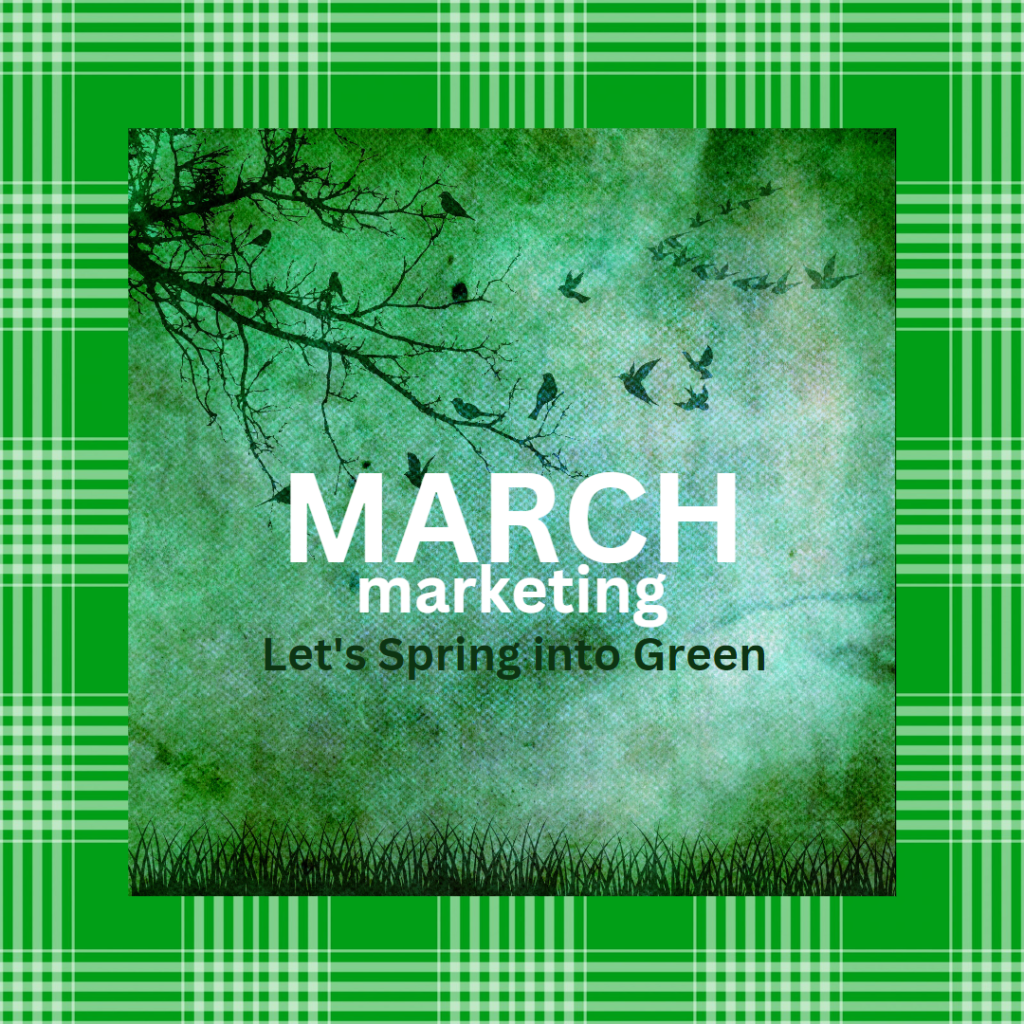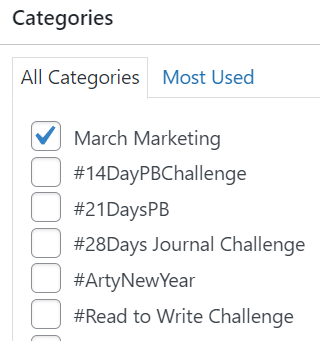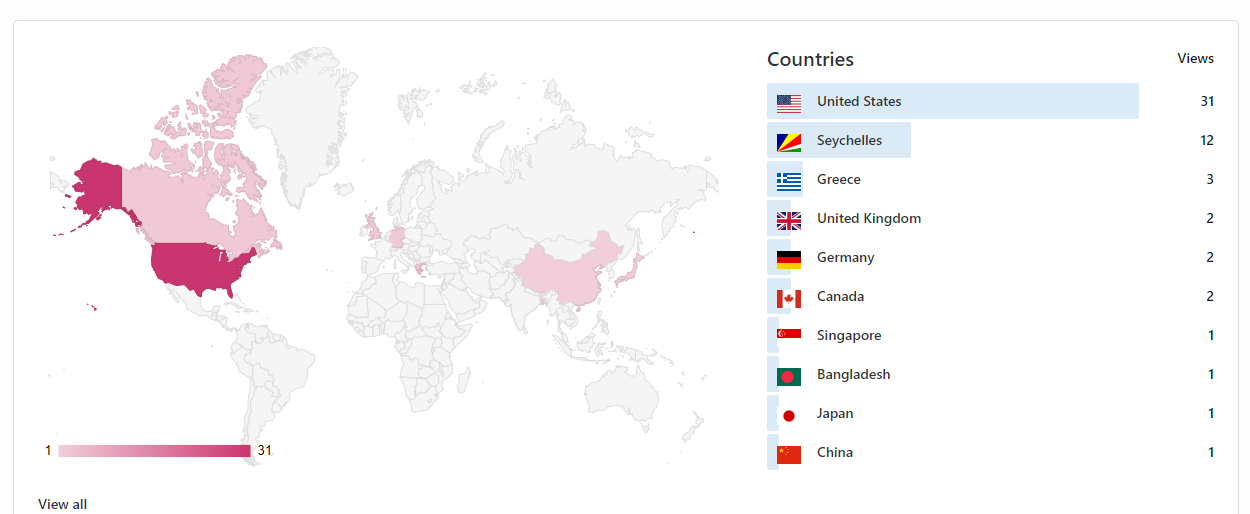
I am an artist and a writer, and I could not begin to tell you how Google and SEO work, but I am certain that having an active blog helps you become more visible on Google. Fortunately, I began blogging at least 10 years ago. After years of scribing info into the wind, Google seems to have finally gotten a glimpse of who I am.

Every day, Google sends searchers to my blog and website, and in this post, I’ll begin to tell you just a bit about why and how starting a blog might be your best business decision ever.
First of all, I recommend that people create their blogs in WordPress. I won’t stop now to explain why I advocate WordPress as a platform for your blog, but I researched WordPress thoroughly before I elected to blog there.
Your WordPress blog post allows you to add search engine tags in several ways.
Title Your Blog Posts Wisely

What’s In A Name?
Will a rose, by any other name smell as sweet? — Well not actually–at least, not on Google.
I repeat: I am an arty, poetic soul, and I like for my titles to be lyrical, having layers of mystical, picturesque meaning. Guess what! Google does not care for my clever titles. Google is a robot. It has no heart. Its behavior is mathematical.A blog post’s title is key to SEO. If I have named my blog post “Butterfly Breeze” [which was the actual title of one of my poorly titled posts until I changed it], I might get searchers who are looking at the migration of the Monarch butterfly [if I am lucky]. I’ll probably catch no butterflies at all. That title would not interest Google.
Your Title is a tag that refers searchers to your post because it seems to offer information pertinent to their specific search at that time.
Here is the title of the title of this post: “March Marketing – Start a Blog to Increase Your SEO”
No doubt about it. This post will make the case that blogging will increase your Search Engine Optimization. The title is the main tag for this post, but there are other ways to tag in your blog.
Add other tags to the tags area.

Tags are valuable real estate on your blog. Use that space wisely. Be concise. Add words that signal what your blog post is about. Most importantly, tag every post that you write.
You can also add tags to the images that you include in your blog post.

When I elected to add the above image to my post, I entered the following info to the dialog prompt:

Enter the title in lowercase letters and add an underscore between each word.
In WordPress, you can sort your posts according to Categories:

The Categories are for organizational purposes. The tags are essential for search engines to find your data.
Be Sure that You Post Information that OTHER People Will Want to Read.
This is a truth for posting in all social media:
Post about yourself and your accomplishments rarely.
People want to read very little about why you are special. Post information that they will find useful for their own growth and success.
Your Blog Will be Viewed by People All Around the World.
Today, I only had 59 visitors to my blog posts, but check out how many countries were represented by those 59 viewers:

Google sends searches to the following of my posts often:
A Free 8.5 x 11 Journal, Planner, & Reading Log for You to Download & Print for 2023
At the end of December, I created calendars for every month of 2023, and I also created other that interested people might print to create and 8.5 x 11 monthly, daily, weekly, and yearly planner. No doubt, that post has been a huge success. I posted the links and images to Pinterest. Check out these views in 2 months.

Today is the last day of February, and as of today, my February calendar has been viewed over 17,000 times in 2 months. I posted this as part of one of my January Challenges to read the Bible in one year, but the outreach was greater than that challenge.

Following are some of more frequently read posts:
How to Create a Text Dummy for a Picture Book in Microsoft Word
What Are the Chances You’ll Get Your Debut Picture Book Published? How I Slipped Past the Odds
Blogging Growth Statistics
- “In 2020, there were 31.7 million bloggers in the United States. . . .
- “There are 89,409 Google searches per second. . . .
- “The median average time spent reading an article is 37 seconds.
- “75% of people prefer reading articles under 1,000 words.
- “While shorter articles are preferred, longer articles do better in rankings and website visits because they are more comprehensive. …
- “Bloggers who publish daily get 57% better results than those who publish multiple times per week.
- “The best time to publish to attract the most traffic is Monday at 11 a.m. EST.
- “To get the most comments, the best time to publish is Saturday morning from 9 a.m. EST. . . .
- “84% of companies have a content marketing strategy.
- “Blog posts remain the most effective form of content over email, ebooks, and white papers….
- “WordPress powers 39.9% of all webpages.
- “WordPress owns 64.2% of the market share. ..
- “The most popular type of content among bloggers are “how-to” articles (77%), followed by listicles (57%), and news and trends (47%).
- “90% of bloggers include images in their blog posts.
- “Only one in four bloggers add videos in posts.
- “34% of bloggers say they experience strong results after including videos in blog posts.
- “Bloggers who added ten-plus images in a blog post reported stronger results.
- “Only 3% of bloggers add more than ten images in blog posts.
- “32% of bloggers agree that original research is also a contributing factor to strong results.
Blog Length, Frequency, and
Blogging SEO Statistics
- “The #1 traffic source for high-income bloggers is organic traffic from Google.
- “On average, companies who blog produce 67% more leads per month.
- “High-income bloggers are 4.3 times more likely to use keyword research when deciding what to write about than low-income bloggers.
- “Longer reads (3,000 words or more) receive 3.5 times more backlinks than average length articles.
- “Scoring the featured snippet is the most effective way of stealing traffic from competitors.
- “90% of the data the brain transmits is visual. That’s why optimizing images for SEO is crucial.
- “Updating blog posts can increase traffic by 106%.” (Todorov Semrush Blog)
Todorov, Georgi. “81 Of the Most Up-to-Date Blogging Statistics in 2021.” Semrush Blog, 12 Feb. 2021, www.semrush.com/blog/blogging-stats.
Discover more from Jacki Kellum
Subscribe to get the latest posts sent to your email.